Welcome to IBonomics! We are excited to launch and hope you find the website useful! Learn more about us here!
Welcome to IBonomics! We are excited to launch and hope you find the website useful! Learn more about us here!
A diagram illustrating a perfectly competitive firm's short-run position where price equals average revenue but is below average total cost, resulting in a loss.
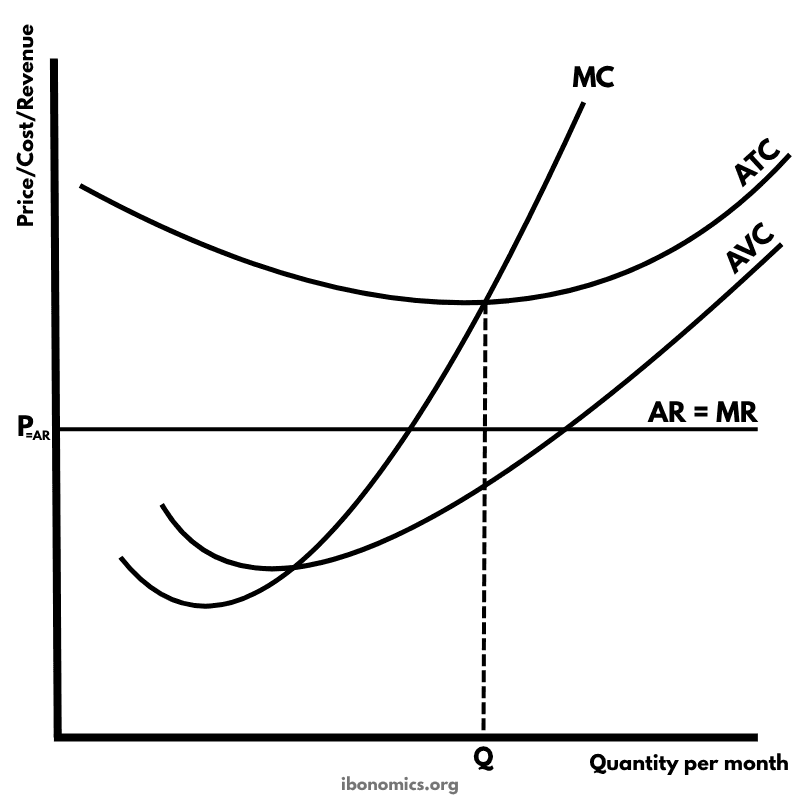
AR = MR: Perfectly elastic demand curve faced by a price-taking firm.
Marginal Cost (MC): The cost of producing one more unit — intersects MR at the profit-maximizing output level.
Average Variable Cost (AVC): The firm's variable cost per unit. The firm stays open as long as price > AVC.
Quantity (Q): The profit-maximizing output where MC = MR.
Price (P): Set by the market; the firm takes this as given.
Shutdown Rule: The firm continues to operate in the short run if P ≥ AVC, even if it incurs losses.
In perfect competition, firms are price takers and face a perfectly elastic demand curve (AR = MR).
The firm maximizes profit (or minimizes loss) where marginal cost (MC) intersects marginal revenue (MR).
In this diagram, the firm produces at quantity Q, where MC = MR, and sells at price P.
Since the average variable cost (AVC) is below price, the firm continues to operate in the short run to cover its variable costs.
However, the average total cost (ATC) is above the price, so the firm is making a loss in the short run.
Explore other diagrams from the same unit to deepen your understanding
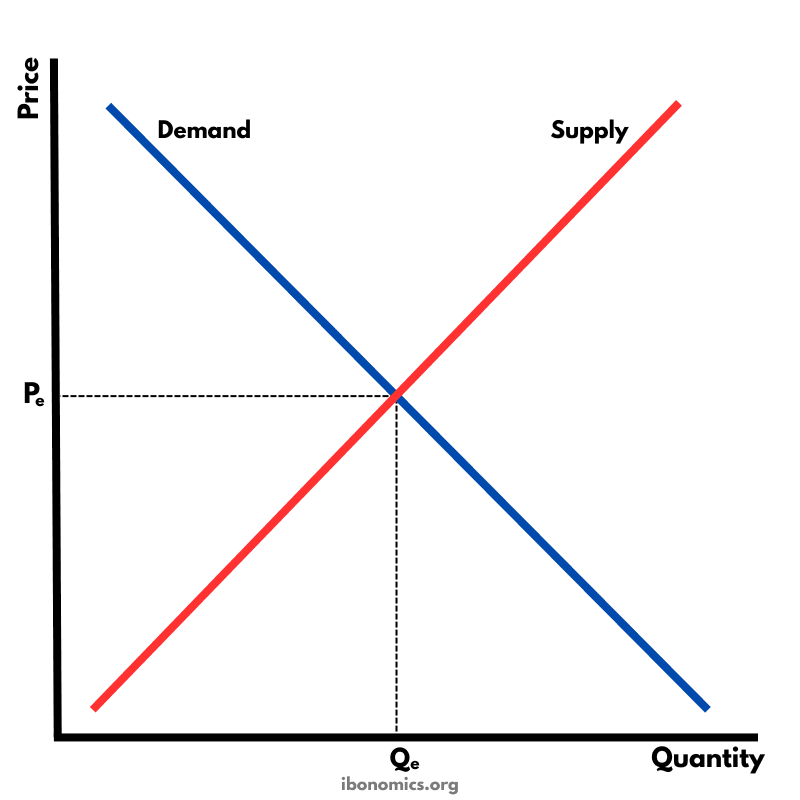
The fundamental diagram showing the relationship between demand and supply in a competitive market, determining equilibrium price and quantity.
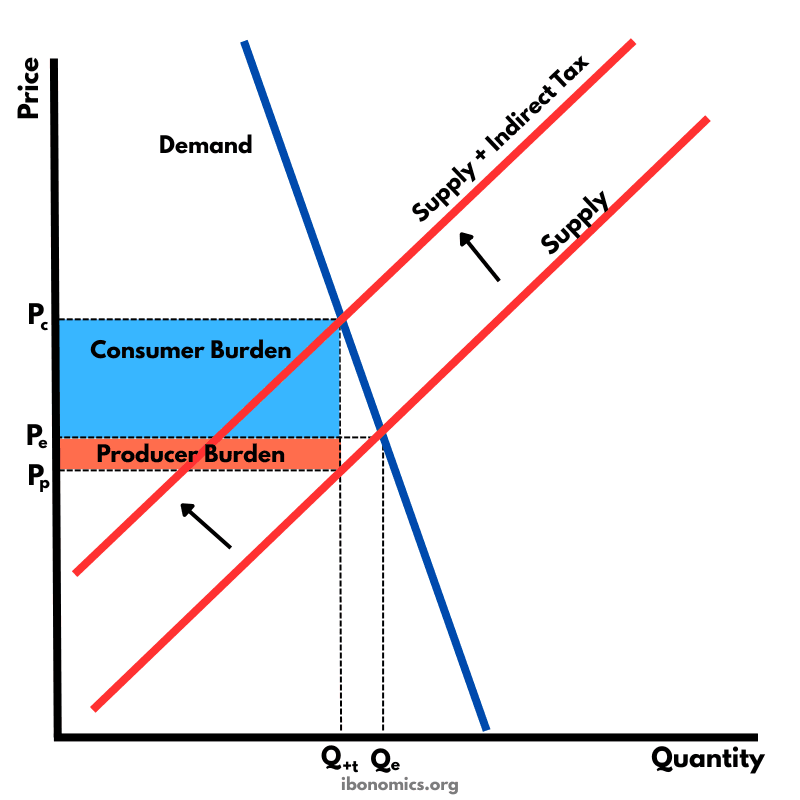
A supply and demand diagram showing the effect of an indirect tax on a good with inelastic demand. The consumer bears a larger share of the tax burden.
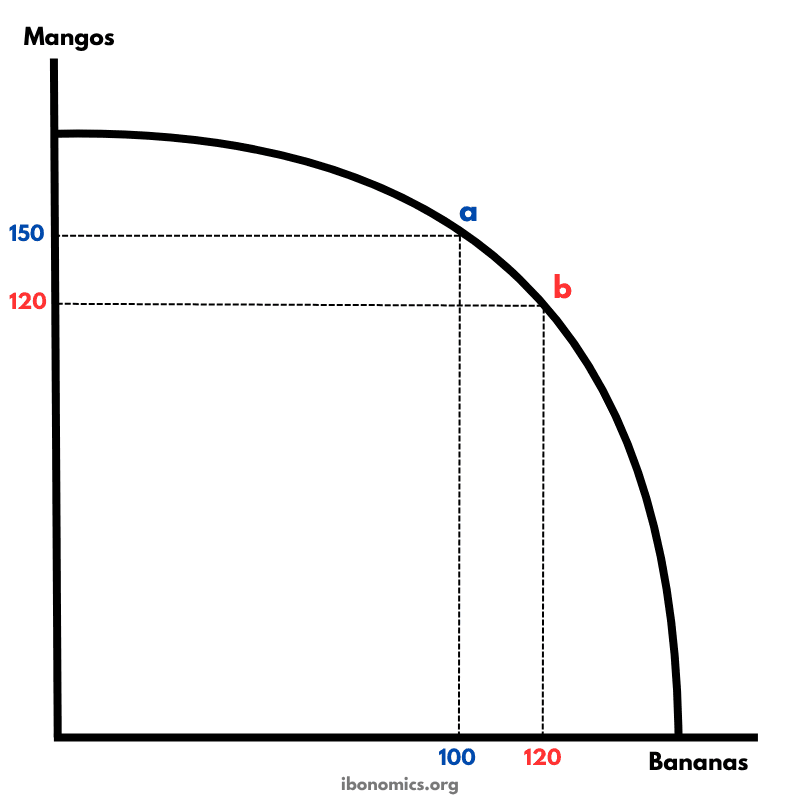
A production possibility curve illustrating the concept of opportunity cost and the trade-offs between producing two goods: mangos and bananas.
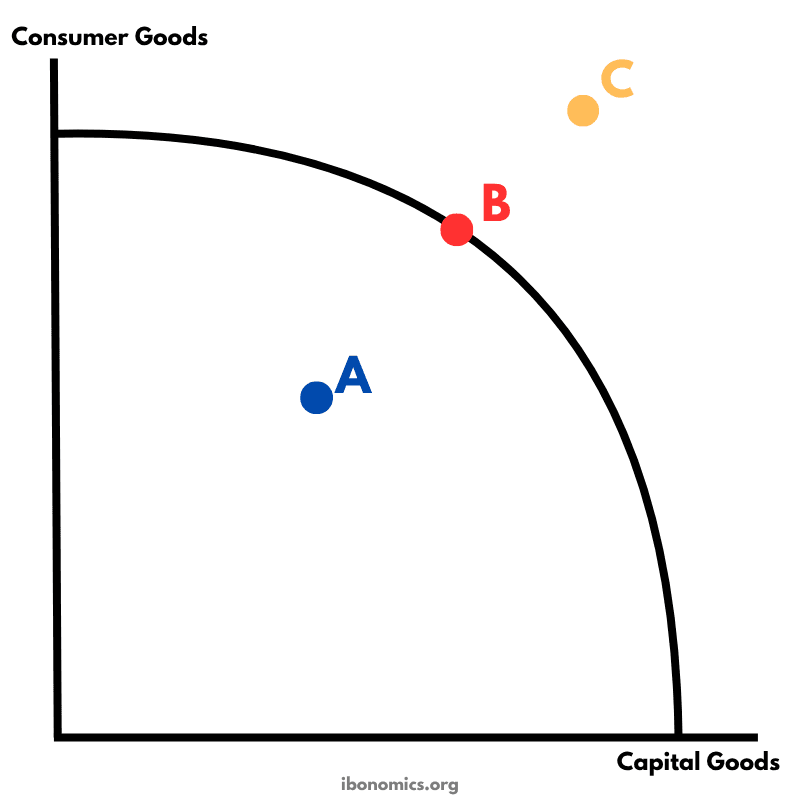
A PPC diagram showing different levels of production efficiency and economic feasibility using combinations of consumer and capital goods.

A model illustrating how money, goods, services, and resources flow between households, firms, the government, the financial sector, and the foreign sector in an economy.
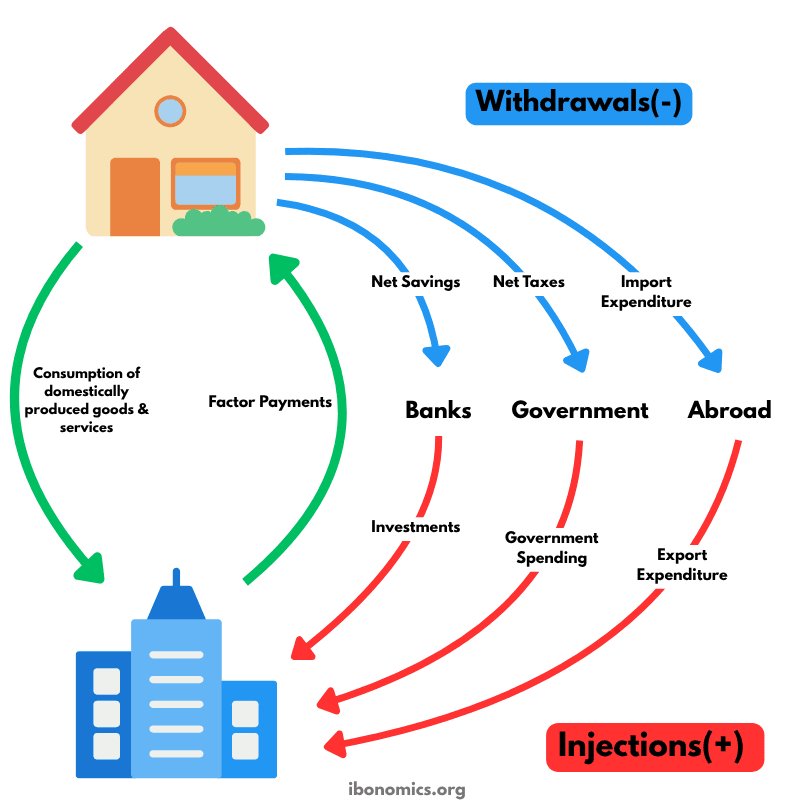
A refined circular flow model highlighting the roles of injections and withdrawals in determining national income and economic equilibrium.